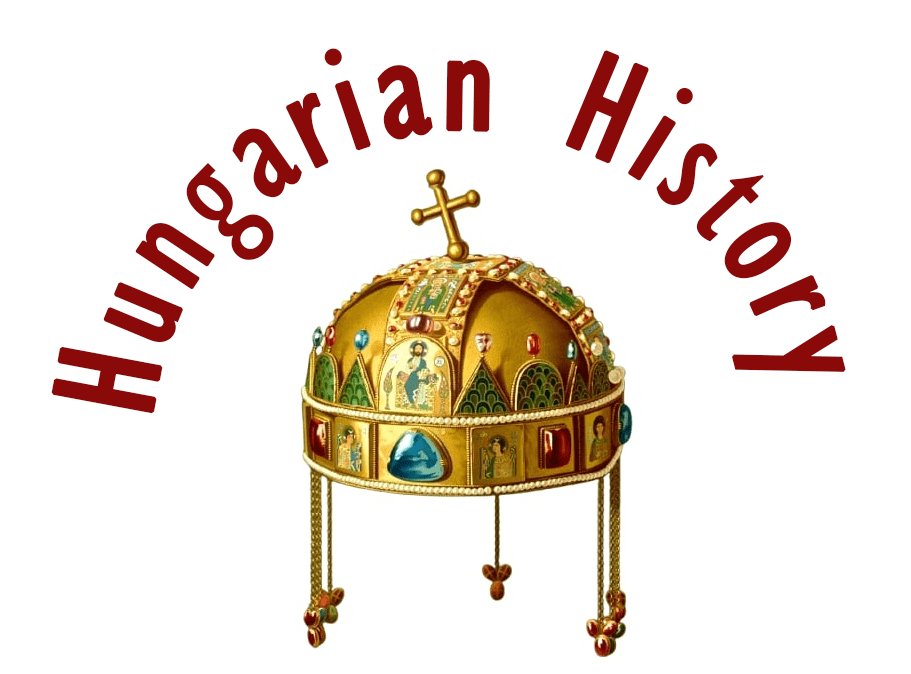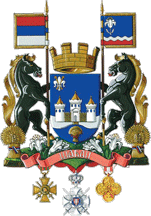Szabács

Szabács (Шабац / Sabac / Šabac / Böğürdelen / Schabatz) used to be the center of the Banate of Macsó, a key fort in the southern Hungarian Borderland against the Ottoman Empire. Although it was under Hungarian rule for a short time, it played an important role in our history. Today you can find it in Serbia, 65 km from Nándorfehérvár (Belgrade) to the west, along the Száva (Sava) river. Location: https://tinyurl.com/mr2n37ez

The settlement was founded in the 13th century and was called Zaslon. It was part of the Serbian Despotate until 1459 when it fell to the Ottoman Empire. The castle of Szabács is all the more important because it is one of the few larger castles built by the Ottomans in the area. We can find only two similar castles, one of them is at the Iron Gate which is called Fetislam or Rama castle near Galambóc (Golubac).
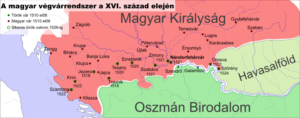
Here is a video about the siege of 1476, in the Hungarian language:
https://www.youtube.com/watch?v=qzape4PvX5I

Also, you can watch a video here (without any text) about the castle that is in its ruins today:
https://www.youtube.com/watch?v=azAmBWsoZok
In 1472, the Pasha of Bosnia, Isza, built the first fortress in the town and named it Bejerdelen (Böğürdelen, meaning “side-striker”). It was rather an earthen fort, reinforced by a palisade and the Száva River`s marshland. Its name „side-striker” made sense if we consider that the Turks could successfully raid the Banate of Szerémség (Sirmium) from the side direction.
However, Szabács was not as important as Szendrő castle, but it was still a formidable earthen-wooden structure with a deep moat and eight towers. When the Hungarian King Matthias Corvinus heard of the threat, his army set out and reached Nándorfehérvár (Belgrad) already in December 1475. When his army was approaching, the Turks sent an envoy and offered a cease-fire but he refused it. You can read more about King Matthis’ Black Army here:
https://www.hungarianottomanwars.com/essays/the-size-of-king-matthias-army/
 The king tried again and besieged it in January 1476 with his 30-40,000 strong armies. There were well-trained and equipped elite troops, and 1,200-2,000 Ottoman defenders in the castle. The Hungarian king launched the siege in the middle of January because he knew that the Turks were less effective in winter. As the Száva River encircled the castle, it was hard to get close to Szabács. King Matthias had to come up with a plan: he had a small wooden castle erected and reinforced with chains.
The king tried again and besieged it in January 1476 with his 30-40,000 strong armies. There were well-trained and equipped elite troops, and 1,200-2,000 Ottoman defenders in the castle. The Hungarian king launched the siege in the middle of January because he knew that the Turks were less effective in winter. As the Száva River encircled the castle, it was hard to get close to Szabács. King Matthias had to come up with a plan: he had a small wooden castle erected and reinforced with chains.
The soldiers with their guns in the fort and the cannons of 16 galleys shed fire on Szabács to cover the embarking Hungarian troops. Then, he had a trench dug at the southern part of the fort and he deployed lots of cannons and siege engines, and he had the castle bombarded from his ships, too. Unfortunately, the bad weather prevailed and it hindered the effectiveness of the ships’ artillery until the beginning of February. Allegedly, the king`s mercenaries (the Black Army) were fighting not very successfully at the beginning of the siege because they were used to the northern style of combat: it was the first time that they met with the Ottoman army.
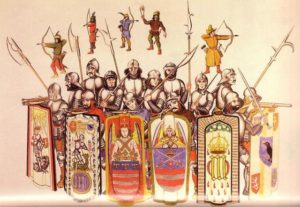
The Ottoman Grand Vizier tried to send reinforcement to Szabács but seeing the size of the Hungarian artillery, he was afraid to hold an open-field battle against the Black Army. Yet, the defenders fought bravely, and Matthias had to apply a trick. He made his army break camp and marched away from the castle. Seeing this, the Turks were celebrating their victory. They were not aware of the secret maneuver of Matthias: the king sent a picked unit of seasoned warriors against the walls at night. they attacked the section that was not much damaged, and the Turks did not guard it so strictly. It took place on 15 February.



Szabács became an important fort in the southern frontier castle chain and its Hungarian garrison was able to defend it against the Turks in 1492. However, after the death of General Kinizsi Pál, less money was spent on these forts. Sultan Suleiman set out in 1521 to prepare his future conquest by taking the main Hungarian forts like Nándorfehérvár / Belgrade. While the Anatolian army went against Nándorfehérvár, the Rumelian army, led by Pasha Achmed, targeted Szabács. The Pasha had 25,000 men while there were only a couple of hundred Hungarian and Serbian soldiers in Szabács. The Rumelian army usually consisted of Albanian, Serbian, and Bosnian troops who had been converted to the Muslim faith.
During the Ottoman wars, there were usually two captains in each Hungarian castle because one of them could always stay behind the walls while the other was constantly raiding the enemy. According to the contemporary saying, “A castle can be defended only in the field”. In Szabács castle, Captain Logodi Simon and Thorma András were in command.

Captain Thorma had fewer than 500 men but he was renowned for keeping a very strict discipline so he and his men swore to fight until the last man. They were facing a huge Ottoman army: the Turks had lots of cannons and many cavalrymen. The Pasha could take the outer castle only after 15 days of ceaseless bombardment when the defenders had to withdraw into the inner castle. Then, the enemy launched an overall attack but the defenders sent volleys after volleys and stopped them.
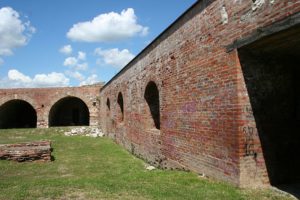
Unfortunately, the Christians soon ran out of gunpowder and their number was reduced to 60 men. Yet, they were beating back the attackers only with their swords, quite successfully. Seeing this, the Pasha decided to pour a killing musket fire on them, killing them from a safe distance.

The men of Thorma and Logodi could have sneaked away via the Száva (Sava) river but they decided to make a heroic last stand on 7 June 1521. All in all, they were able to hinder the Sultan for a month and caused him significant losses before they all died on the market square when they made their final sally. The Sultan arrived there to witness their last stand but also saw the losses of the Rumelian army.

After the siege, Pasha Achmed joined in the siege of Nándorfehérvár / Belgrade which fell after a month. The castle of Zimony / Zemun was also a very important fort but it fell after only a nine-day-long siege. The enemy’s light cavalry could raid immense areas of the Banate of Szerémség (Sirmium) in September, taking hold of the area. The Turks rebuilt the castle of Szabács. Due to the plague after the Battle of Mohács, the Christian army that attempted taking Szabács back had to be dispersed.
The castle remained in Ottoman hands until 1867 when Voivode Mihály could make a contract with the Turks who finally ceded all their castles in Serbia.

Sources: Konnát Árpád and Szibler Gábor
Dear Readers, I can only make this content available through small donations or by selling my books or T-shirts:
Please, feel free to support me with a coffee here:
You can check out my books on Amazon or Draft2Digital, they are available in hardcover, paperback, or ebook:
https://www.amazon.com/dp/198020490X or at https://books2read.com/b/boYd81

My work can also be followed and supported on Patreon: Become a Patron!http://Become a Patron!
[wpedon id=”9140″]

https://hungarianottomanwars.myspreadshop.com/all

Here are more pictures of Szabács castle:
